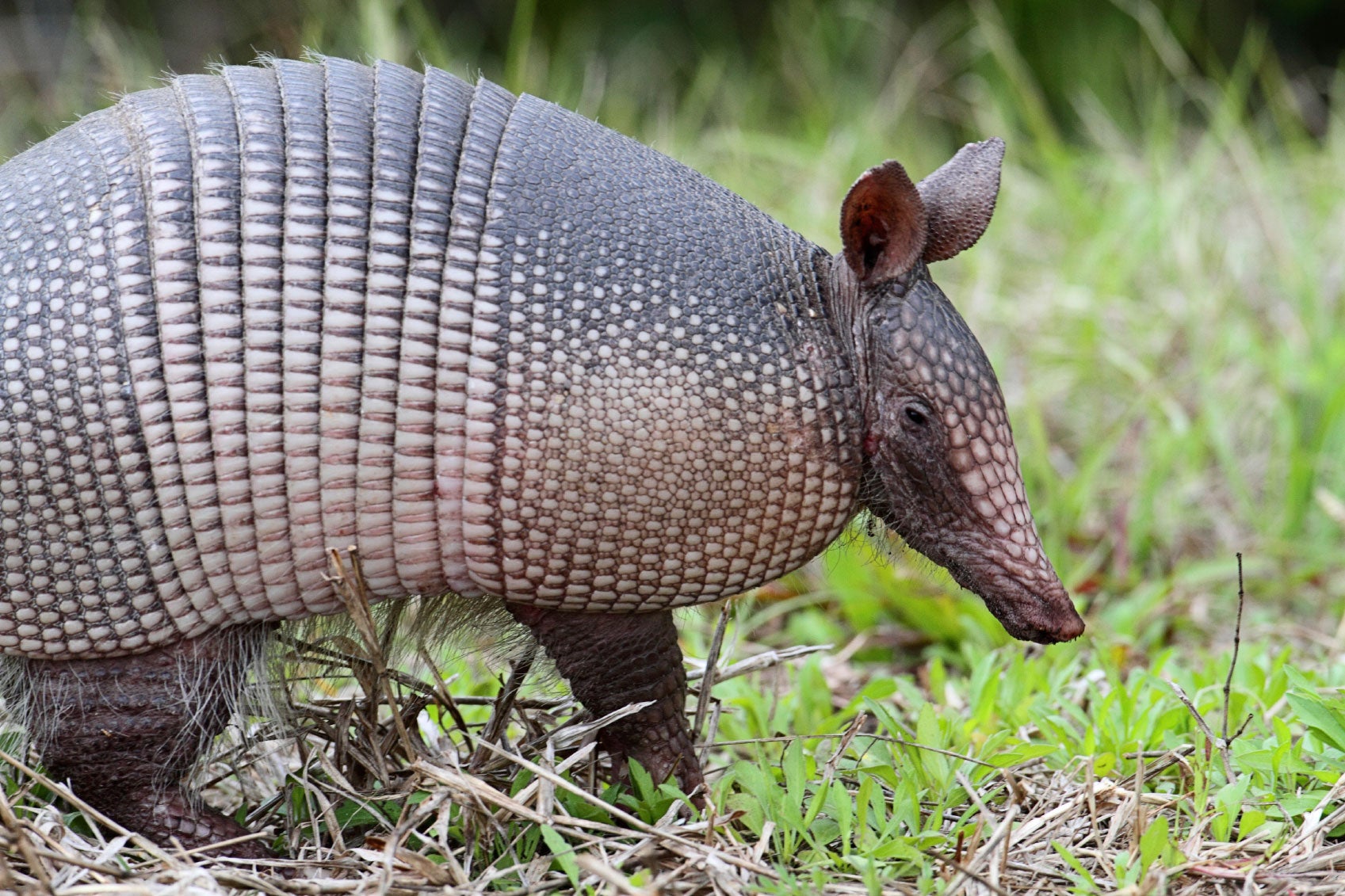Toppers Wildlife Removal
Toppers Wildlife Removal provides expert wildlife control services in Garland, TX, and surrounding areas. Specializing in safe and effective removal of wildlife intruders.
For same day availability call now. No CATS/DOGS.





/filters:no_upscale()/media/745e672d-ca00-429f-a305-4cc7993ba9b0.jpg)
/filters:no_upscale()/media/8e7b08c7-d2b9-4aed-8903-16e4605d20da.jpeg)
/filters:no_upscale()/media/095d3eb1-899e-4cb8-aeab-3bd3a6924b6d.jpeg)
/filters:no_upscale()/media/5139d1c0-39e3-44e5-8d0c-a56c9fe8e0ea.jpeg)
/filters:no_upscale()/media/0c1052f1-5f59-490b-8a4f-40367ec34bf1.png)
/filters:no_upscale()/media/ec45ee2e-0302-40ff-82df-7cc5a3939d06.jpeg)
/filters:no_upscale()/media/2c020161-28ef-43d7-a2d6-4b167b013dd2.jpeg)
/filters:no_upscale()/media/18fbfdf2-fe5d-4a00-9258-c91583fff4f5.jpg)
/filters:no_upscale()/media/df4b963f-d33d-45c5-9bbb-79c77e41843b.jpg)
/filters:no_upscale()/media/1f5fd031-626e-49ce-84f8-a9d0efd42ded.jpeg)
/filters:no_upscale()/media/76248e6e-4628-4043-936e-a534dc1529f9.jpg)
/filters:no_upscale()/media/5506ae78-a0e5-40bf-b2bf-c89a916b17a3.jpeg)
/filters:no_upscale()/filters:format(webp)/media/c4b98959-1d09-4300-928c-52ea87dfdb96.jpeg)
/filters:no_upscale()/filters:format(webp)/media/ef0c3ad9-b8d0-4f25-99d0-f6a6deec8446.jpeg)
/filters:no_upscale()/filters:format(webp)/media/bc62a48b-c6a9-4bf1-bbc8-9909bee61059.jpeg)
/filters:no_upscale()/filters:format(webp)/media/4d17d3fc-1326-4035-8cdf-3496a5874f61.jpeg)
/filters:no_upscale()/filters:format(webp)/media/302742f4-e20b-4aef-b437-c8456efb3b19.jpeg)
/filters:no_upscale()/filters:format(webp)/media/d29fc245-3104-46ea-be0d-cf204f1fa735.jpeg)
/filters:no_upscale()/filters:format(webp)/media/0220310e-0b7e-482d-9bba-481046db71bc.jpeg)
/filters:no_upscale()/filters:format(webp)/media/2e6fb574-a3c2-4d6b-bc32-6eca9261ad3d.jpeg)
/filters:no_upscale()/filters:format(webp)/media/09d21775-45b4-4f4f-9063-0ba9c965d176.jpeg)
/filters:no_upscale()/filters:format(webp)/media/0fc3df0a-7789-46a0-a8ab-28510e20845a.jpeg)
/filters:no_upscale()/filters:format(webp)/media/66bbaedd-4eb2-47d5-88a5-8c05f5a672a4.jpeg)
/filters:no_upscale()/filters:format(webp)/media/7326f3ce-9bfc-4c17-bc4a-bf65b5222bf8.jpeg)
/filters:no_upscale()/filters:format(webp)/media/a3a38ca8-6940-497c-b782-2939d020402d.jpeg)
/filters:no_upscale()/filters:format(webp)/media/9040c816-d8c0-4211-9e1a-1dc370e0f4a6.jpeg)
/filters:no_upscale()/filters:format(webp)/media/975524c8-83fe-4e67-9fc1-57b677be63c9.jpeg)
/filters:no_upscale()/filters:format(webp)/media/2c020161-28ef-43d7-a2d6-4b167b013dd2.jpeg)